The Future Of Fibers
How These Newer Materials Will Take Over The Industry
If I told you to shut your eyes tightly and envision in your head what a futuristic garment would look like, what would you imagine? Does it have shiny and metallic futuristic fibers? Does it open up wings on its own? Is it made of a completely sustainable fabric? The possibilities are endless.
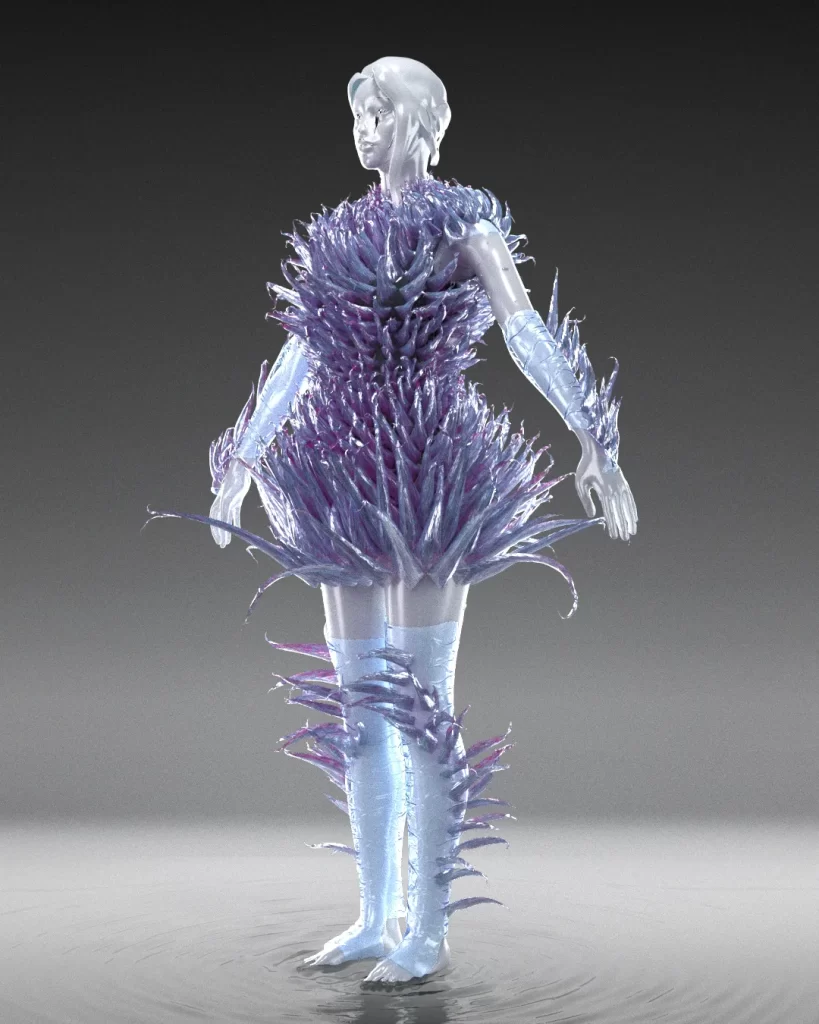
Hello and welcome back to another week of insightful discussion on what’s going on in fashion, and what the future may look like for us. Last week, we talked about how 3D fashion has made its way into manufacturing processes and has created much easier methods. Haven’t read this one? Check it out below!
With this newsletter, I wanted to ignite the thought of newer fibers that are being used in fashion. For years, either natural-field-grown fibers or petroleum-based man-made fibers have been in the mainstream area. Now, however, newer up-and-coming sectors of fibers are slowly being discovered. Biopolymers– polymers produced by or derived from living organisms, such as plants and microbes, rather than petroleum. Yep, I know what you’re thinking- if biopolymers are so similar to existing natural fibers, why do we need them?
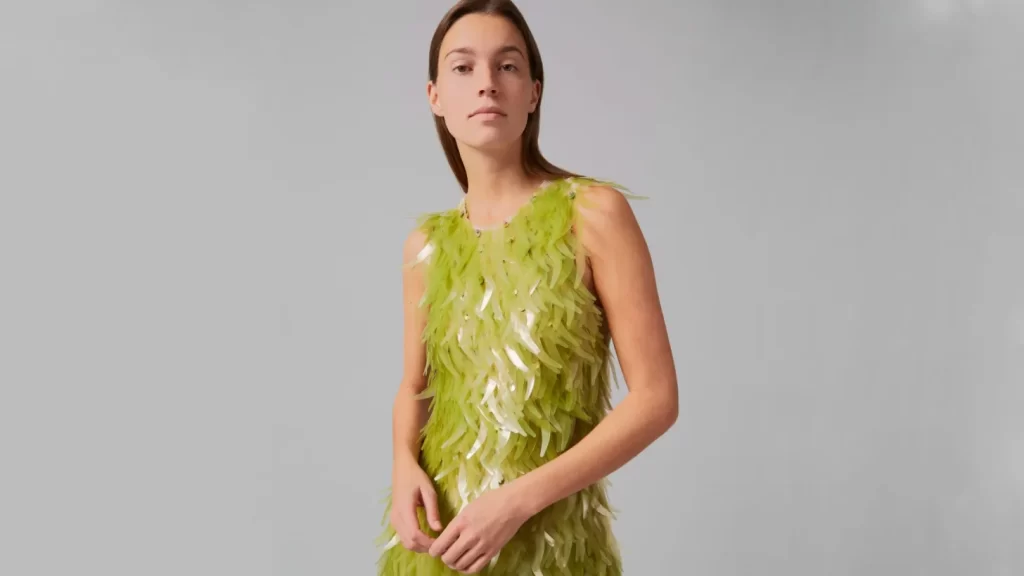
The fibers that already exist have an extremely unsustainable manufacturing process, while biopolymers are more sustainable. There are also a ton of other differences. While natural organisms are the primary sources to extract these biopolymers, all biopolymers are not biodegradable and they also have the ability to replace 30–90% of petroleum-based polymers.
Alginate (a polysaccharide), collagen, (a fibrous protein), and PHA polyhydroxyalkanoate (polyester produced by microbes), are the three potential biopolymers that are now making their way into the fashion manufacturing process.


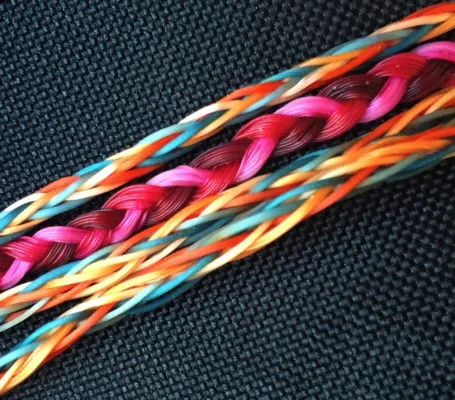
Talking about fibers of the future, there is one from a vegetable we’d never believe- mushrooms! The fibers are sustainable, organic, strong, flexible, and durable. Mycelium- the main fungal structure in general fungi, which in this case lies in the mushroom spores and roots- is what the fibers can be made out of.

Bio-fabrication is the term for the technological process of producing cloth from fungi or mushrooms. In essence, this procedure involves creating fabric from a growing portion of microorganisms like mushroom roots.
The intriguing aspect of this procedure is how it revealed the connection between biology and fashion and how closely they are related.
Dr. Dan Widmaier, the CEO of bolt threads, spoke about the process. He stated, “The fibrous roots underneath the mushroom are called mycelium. They eat away dead stuff in the soil, releasing nutrients in the ecosystem. And instead of growing into the soil, these mycelia are growing up in these big puffy clouds that we can easily harvest.”
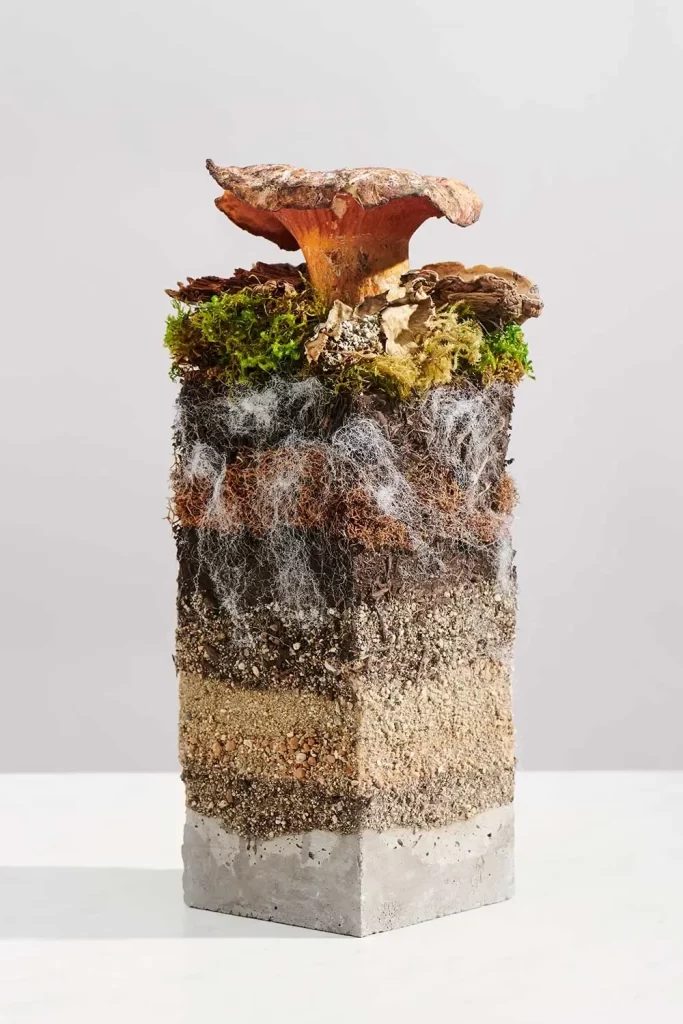
A Dutch fashion designer ‘Aniela Hoitink’ was the first person, who made a fabric called ‘MycoTex’ from mycelium in a lab and use it to make a complete showstopper garment. Which was anti-microbial and suitable for sensitive skin.
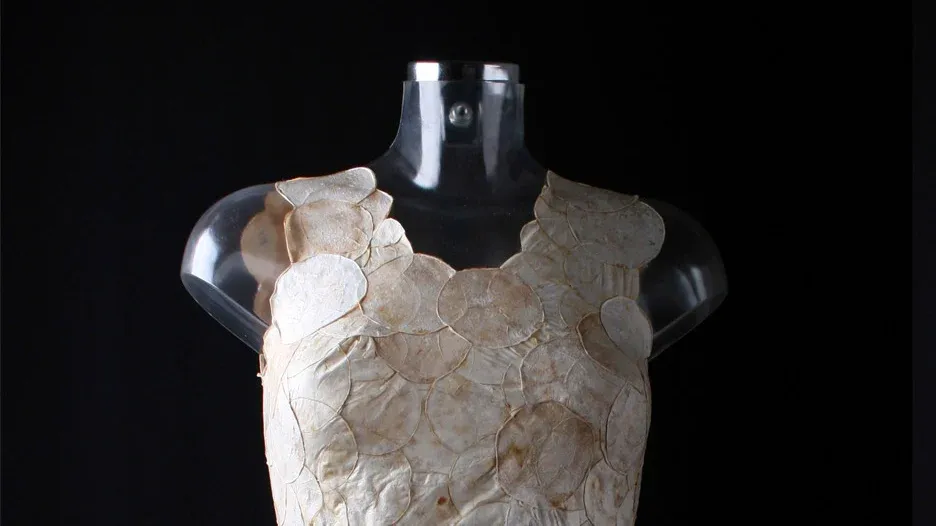
Other experiments with mycelium which turned out to be a success include Mylo– vegan leather created out of mycelium instead of calf leather. It has proved to imitate the qualities of leather without having the climatic and harvesting drawbacks, and the best part- consumers can’t really tell the difference! Now, brands like Adidas, Kering, Stella McCartney and Lululemon have adopted this fabric and even redesigned some products using Mylo.
“I believe the Stella community should never have to compromise luxury and design for sustainability, and Mylo makes that a reality.”.
Stella McCartney

This is the confluence of fashion and science, and they are more closely related than we think. Taking these seemingly otherworldly materials which we could never imagine wearing, and creating garments with the same kind of functionality, durability and beauty as our extant ones, is the idyllic future of fashion.
These bio-materials have a lot of scope for futuristic fashion and performance on garments. One more biomaterial-algae- has proven to be helpful in this aspect as well. Unlike our current plastic-based materials, this fabric is 100% compostable, reinforcing the “ashes to ashes, dust to dust” theory, that once the garment has completed its lifecycle it once again becomes a part of nature. Biomaterials are not only sustainable, regenerative, and high-performance, but also beautiful.

Did this article add value to your day? If it did please like it, share it, and help our community grow by sharing!
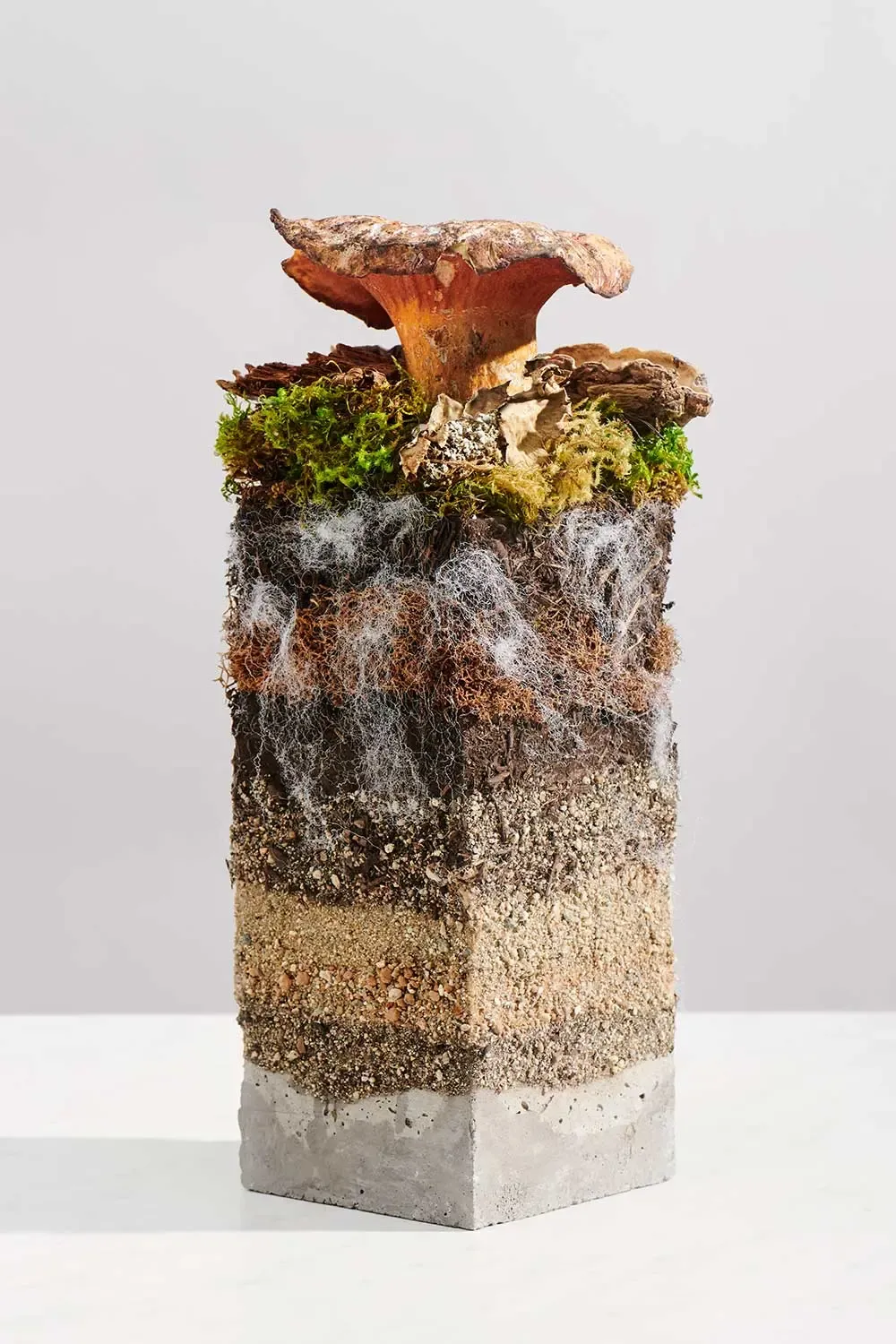
2 comments
Comments are closed.